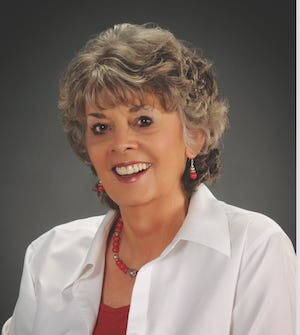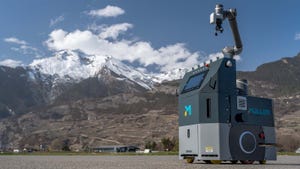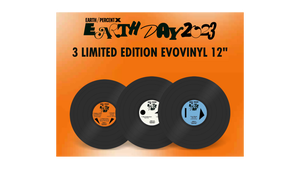On the rise: Packaging that makes your life easier
Protective packaging is hot, as more and more people shop online and shipping increases in both developing and developed regions of the globe. A Freedonia Group report says that world demand for protective packaging is projected to increase 7.8% per year to $22.2 billion in 2014, representing a "notable acceleration" from the 2004-2009 period.
June 25, 2010
report says that world demand for protective packaging is projected to increase 7.8% per year to $22.2 billion in 2014, representing a "notable acceleration" from the 2004-2009 period. Increased requirements for cost-effective packaging used in the protection of goods from shock, vibration, abrasion, and other damaging effects of shipping and handling will result in gains in this market.
Value gains will also be boosted by the growing presence of environmentally friendly products-such as those made from recycled or biodegradable materials-which tend to be more costly than their conventional counterparts, noted Freedonia, a Cleveland, OH-based industry market research firm. However, such gains will stem from a low base, and the importance of price in the purchasing decisions of most packaging users will moderate demand for green products to some extent.
Foamed plastic (ESP) protective packaging will remain the largest product type by a wide margin. However, the growing emphasis on packaging sustainability-especially in developed countries with more established environmental regulations-will constrain opportunities for conventional foamed plastic protective packaging to some extent. Air pillows and bubble packaging will continue to experience the fastest gains, according to The Freedonia Group.
While the United States is by far the world's largest user of protective packaging, the most rapid increases will occur in developing regions including Asia/Pacific, Central and South America, and Africa/Mideast regions, which will "all outpace the global average."
In another packaging arena, demand for lawn, garden, and agricultural packaging is forecast to increase 1.8% per year through 2013 to $1.7 billion, which is a decline from the sharp increases of the 2003-2008 period. Gains in these markets will be "bolstered by the continuing need for packaging that can provide a means of differentiating products which are primarily commodity in nature," said Freedonia's report on these market segments.
Other drivers in these markets will be demand from consumers for convenient, user-friendly packaging, a factor that will stimulate sales of reclosable pouches, dispensing closures, and other value-added products. Stand-up pouches will post the fastest gains among all lawn, garden, and agricultural packaging due to their superior visual appeal, reclosability, and barrier properties. Bags and sacks will continue to be the leading product type through 2013, with demand advancing 1.5% per year to slightly more than $880 million.
Plastic packaging will see the biggest advances due to cost advantages over paper. Plastic container demand is projected to increase 1.9% annually through 2013, to just more than $380 million, helped by performance advantages such as design flexibility, light weight, water and chemical resistance, and suitability for a variety of closures, said The Freedonia Group.—Clare Goldsberry
About the Author(s)
You May Also Like




